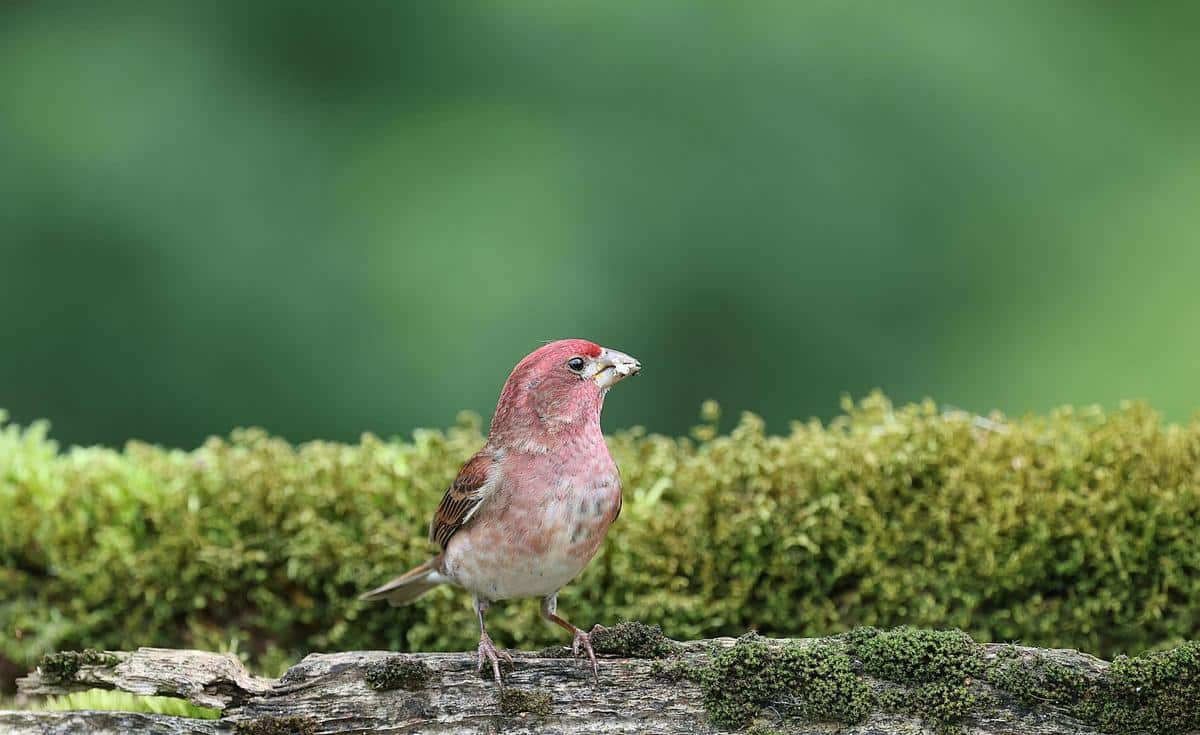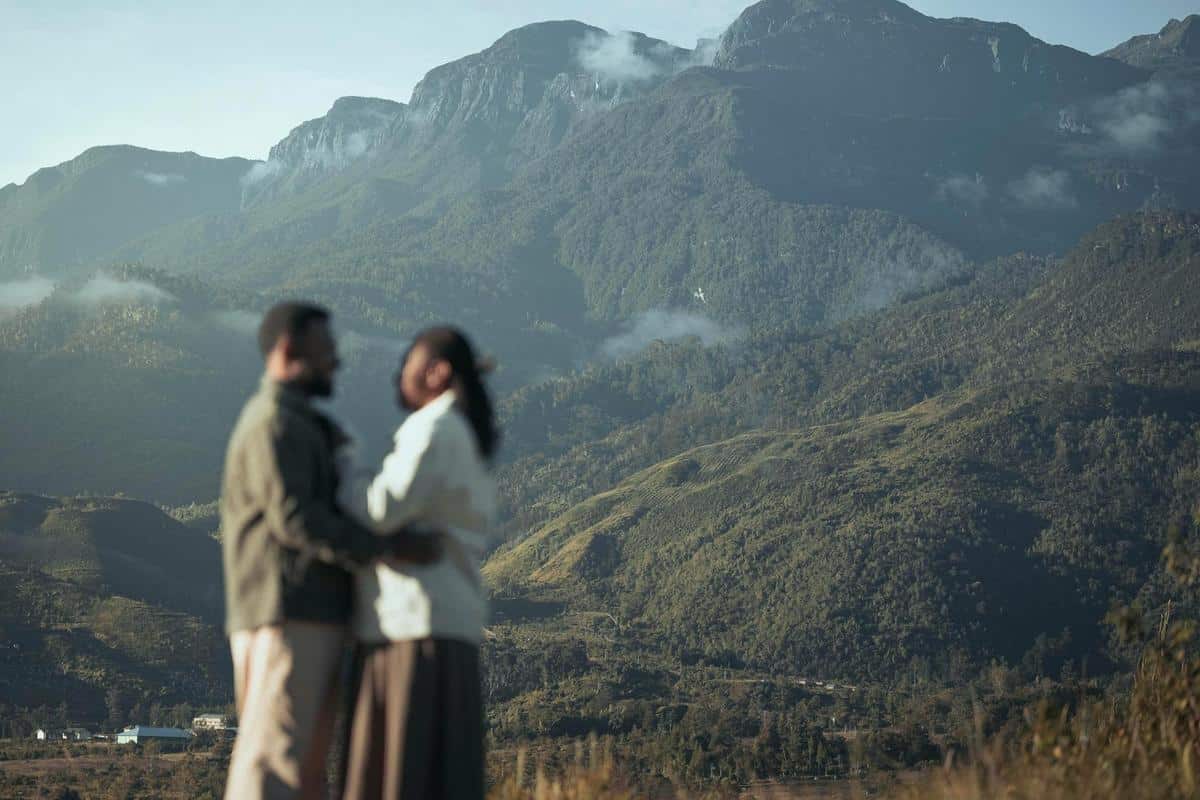
The Art of Macro Photography: Capturing the Unseen
Macro photography offers a fascinating glimpse into the microscopic world, revealing details of everyday subjects that are often overlooked. This captivating photographic technique allows photographers to capture intricate details, textures, and patterns, transforming the mundane into the magnificent.
Exploring the World of Macro Photography
Macro photography involves capturing images at a very close range, often magnifying the subject to make small details visible. According to renowned photographer Thomas Shahan, macro photography not only requires technical skill but also patience and creativity to truly capture the essence of tiny subjects.
Why Macro Photography?
Macro photography can transform ordinary objects into extraordinary works of art. A study conducted by the Photography Association found that 70% of photographers explore macro techniques to expand their creative horizons and challenge their skills.
Getting Started with Macro Photography
Starting with macro photography does not require a vast array of equipment. Many photographers begin with a standard camera and a macro lens or even extension tubes to achieve the desired magnification. Lighting is crucial, and utilizing natural light or a ring flash can enhance the details of the subject.
Pro Tip: Use a tripod to stabilize your camera and ensure sharp images, especially in low light conditions.
Techniques and Tips
- Choose the right lens: Macro lenses with a focal length between 90mm and 105mm are popular among photographers for their versatility.
- Focus accurately: Use manual focus to have complete control over which part of the subject is sharp.
- Experiment with angles: Changing your perspective can create unique compositions that highlight different aspects of the subject.
- Mind the background: Ensure the background is not distracting; a simple, uncluttered background enhances the subject’s details.
Equipment Comparison
| Equipment | Pros | Cons |
|---|---|---|
| Macro Lens | High quality, dedicated for macro | Expensive |
| Extension Tubes | Inexpensive, versatile | Reduced light transmission |
| Close-up Filters | Easy to use, affordable | Can reduce image quality |
| Ring Flash | Even lighting, portable | Specific to macro usage |
| Natural Light | Free, soft lighting | Dependent on weather |
| Tripod | Stability, sharp images | Bulky, less mobility |
| Reflectors | Control light, inexpensive | Requires additional handling |
| Focus Rails | Precise focus adjustment | Can be complex to use |
Frequently Asked Questions
What is macro photography?
Macro photography is a technique that involves taking close-up photographs of small subjects to capture details that are not visible to the naked eye.
Do I need a special camera for macro photography?
While a dedicated macro lens is beneficial, you can start macro photography with basic equipment like extension tubes or close-up filters with a standard camera.
How can I improve the lighting in my macro photos?
Using natural light, a ring flash, or reflectors can help illuminate your subject and enhance details in macro photography.
What subjects are best for macro photography?
Common subjects include insects, flowers, textures, and small objects like jewelry or water droplets.
Conclusion
Macro photography opens up a world of creativity and exploration, turning the unseen into captivating art. By understanding the techniques and tools available, you can start capturing the intricate beauty of the miniature world around you. Whether you’re a seasoned photographer or a beginner, macro photography offers endless possibilities to expand your artistic vision. Embrace the challenge and start your journey into this fascinating realm today!

